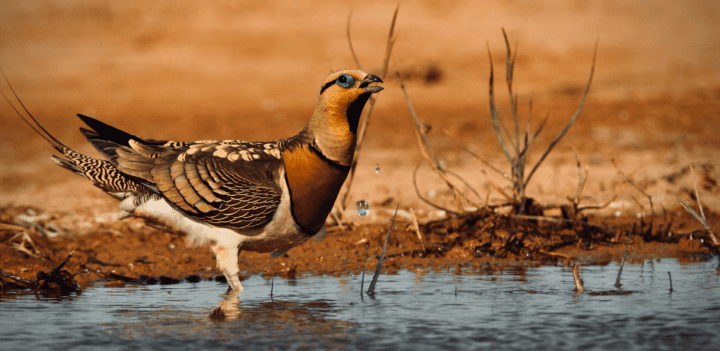Capture, Absorb, or Filter Liquids
The most common liquid used by living systems is water, which they require to survive. But there are many other liquids that provide nourishment, play a role in defense mechanisms, or serve other purposes. Water varies in its availability; it is sometimes plentiful and sometimes very scarce or only available as fog or mist. To minimize the energy required to capture, absorb, or filter liquids, living systems have strategies that take advantage of the unique properties of the given liquid. For example, water moves from a gaseous to liquid state when it encounters a surface colder than the air. Plants in forests that experience fog and clouds more than rain have strategies that condense liquid water from moist air.
Distribute Liquids
Liquids include water, as well as body fluids such as blood, gastric juices, nutrient-laden liquids, and more. To survive, many living systems must move such liquids within themselves or between locations. Because of their properties, liquids tend to disperse unless they are confined in some way. To address this, living systems have strategies to confine fluids for transport, and to overcome barriers such as gravity, friction, and other forces. Some of these same barriers also provide opportunities. Trees and giraffes face the same challenge: how to move fluids (water and blood, respectively) upward against gravity. But their strategies are quite different. The tree moves water using capillary action and evaporation, possibly due to water’s properties of polarity and adhesion. The giraffe’s tight skin provides pressure to assist in blood circulation. and keep blood from pooling in the legs.
Expel Liquids
There are various reasons living systems discharge liquids, such as to defend themselves, to avoid liquid buildup that can cause decay, to eliminate waste, or to dry off. Because liquids cannot be effectively moved through pushing, a different kind of force is needed to expel them. Creating that force requires energy, so living systems must have efficient strategies worth the energy investment or use an outside force (such as gravity). This typically entails strategies that build up pressure or use other forces to propel liquids away. An example of a living system that expels liquids is the scallop. This creature moves through water by clapping its shells together, generating a water jet that propels it in the opposite direction.





